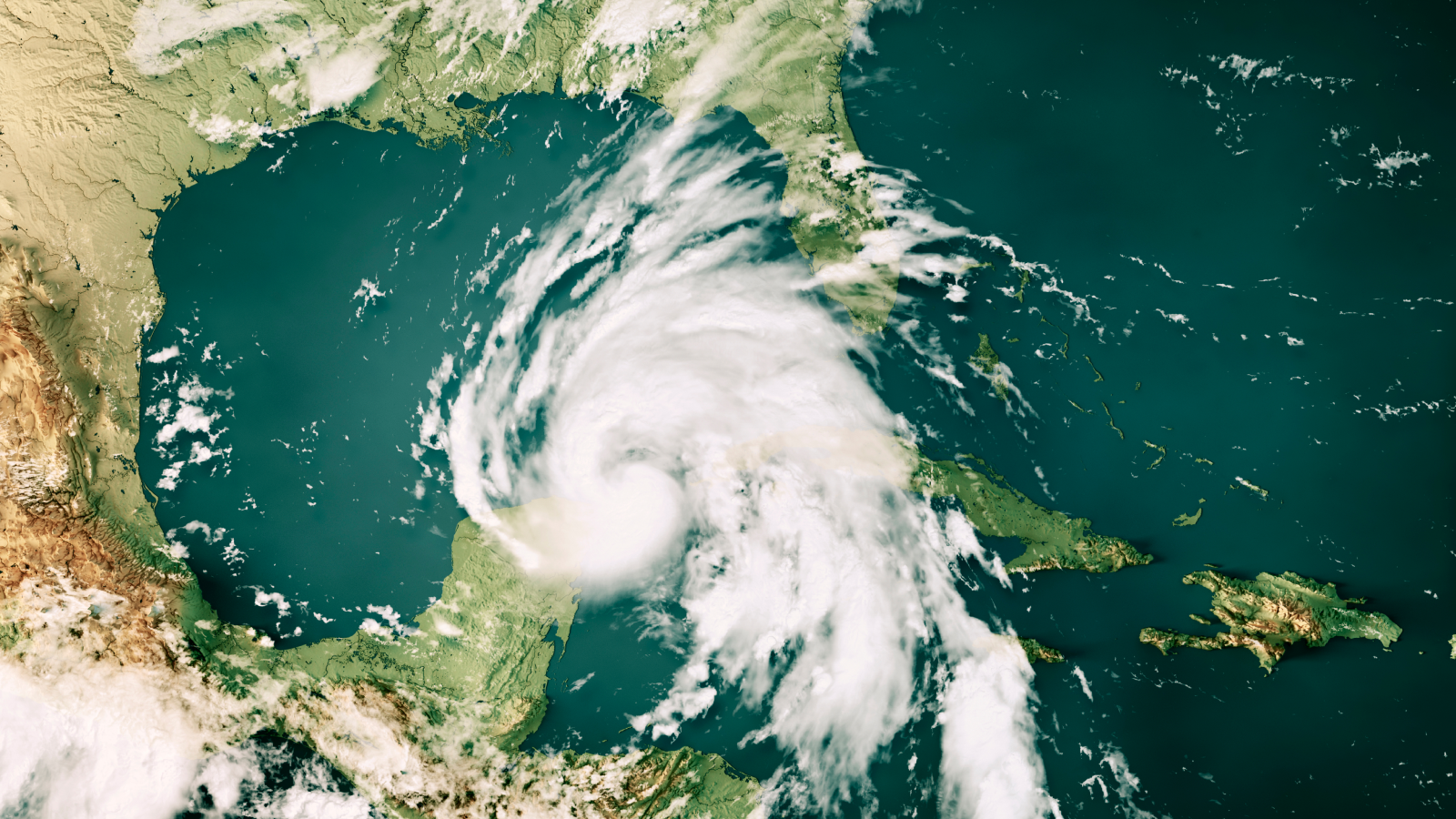Hurricane Myths: Do You Know the Facts?

Hurricanes are among nature’s most powerful and destructive forces, but the myths surrounding them can be just as harmful. With hurricane season spanning from June to November each year, it’s crucial to separate fact from fiction. Whether you’re experienced in storm preparation or new to hurricane readiness, understanding the realities can help you better protect yourself, your loved ones, and your property.
Myth #1: Hurricanes only affect coastal areas
Many people mistakenly believe hurricanes only affect coastal regions, but these powerful storms can cause significant damage far inland. Hurricanes bring heavy rainfall, storm surge (rise in water levels), and strong winds, leading to severe flooding and destruction that can occur well beyond the coast. While inland areas may not experience the same level of damage as coastal areas, they can still be heavily impacted.
Myth #2: The eye of the hurricane is the worst part
The eye of a hurricane is actually known to be the calmest part of the storm. Surrounding the eye is the strongest part, called the eyewall, that brings high wind speeds and intense rainfall. When the eye passes over, it can seem like the storm is over, but the other side of the eyewall is still to come.
Hurricane Katrina that took place in 2005 is a prime example of this; after the eye of the storm passed, strong winds and rising water levels caused levee breaches in New Orleans, Louisiana, which led to major flooding.
Myth #3: Hurricane categories indicate the total danger
While hurricane categories are useful, they only measure wind speed, not storm surge, flooding, or rainfall. Even lower-category hurricanes can cause severe damage. Although many believe wind is the deadliest impact of hurricanes, storm surge is the leading cause of death from hurricanes in the United States.
Myth #4: Evacuating to higher ground is always safer
Moving to higher ground can help you avoid the storm surge, but it’s not always the safest option for every situation. Buildings located on higher ground are still vulnerable to wind and debris. Elevated areas, especially those near water or with poor drainage, can experience flash flooding or landslides. To be safe, always follow evacuation orders from local authorities.
Myth #5: Covering windows will prevent damage
Covering, taping, or boarding your home’s windows during a hurricane can help prevent damage, but it doesn’t guarantee complete protection. While plywood and hurricane film can provide an added layer of protection, they may not withstand the full force of a strong hurricane. For more effective protection, consider installing hurricane shutters or impact-resistant windows.
Myth #6: Your area won’t be impacted if it’s not in the direct path
The strong winds and torrential downpours produced by hurricanes can result in widespread damage like flooding, downed trees, and power outages. Hurricanes can also spawn tornados, which can occur hundreds of miles away from the center of the storm. Areas not hit directly by the storm can still experience dangerous storm surges. For example, Hurricane Milton in 2024 made landfall in Florida, but its impacts were felt in parts of Georgia, South Carolina, and Alabama. Advanced technology has made it possible to track storms more efficiently, but weather patterns are still unpredictable, so it’s best to be prepared.
Myth #7: Homeowners Insurance covers all hurricane damage
While many standard homeowners insurance policies cover wind damage, they usually exclude flood damage. If you live in a high-risk area, known as a flood zone, you may be required to have a separate flood insurance policy. However, flooding can happen anywhere, proving the importance of understanding your policy details and deductibles. Before a storm arrives, it’s crucial to review your coverage so you aren’t caught off guard with unexpected expenses.
Prepare for hurricanes ahead of time
When a hurricane or tropical storm is headed your direction, there are several steps you can take to prepare.
- Secure items around your home that could become dangerous flying objects, such as playground equipment, trampolines, and outdoor furniture
- Monitor the weather using reliable sources
- Ensure you have a way to receive emergency alerts
- Prepare an emergency plan and communicate it with household members
- Stock up on essential items
- Have a full tank of gas in case you need to evacuate
- Always follow orders from local authorities and don’t wait until it’s too late to take action
Understanding hurricanes goes beyond knowing the category or forecasted rainfall; it’s about recognizing the risks. Whether you live along the coast or further inland, staying informed and being prepared for any weather event can protect your home and family. For more information on home and property insurance, contact a local Alfa® agent who can help you find coverage to meet your needs.
All coverages are subject to deductibles and policy limits. This is not an insurance policy. It is intended only to provide a general description of Alfa Insurance® and/or its product lines and services. An actual policy contains the specific details of the deductibles, coverages, conditions and exclusions. Your Alfa® agent can explain the policy and benefits and answer any questions you may have before you buy.